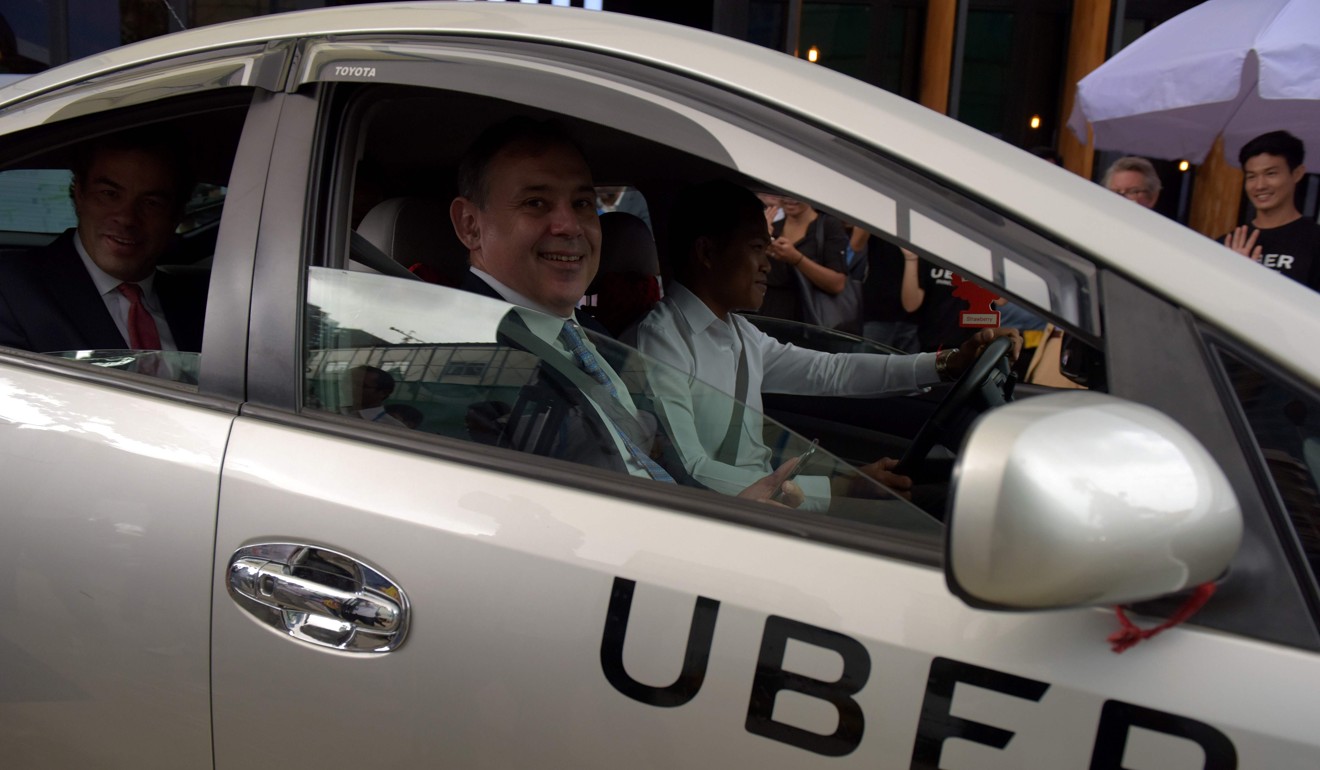
Who can grab the opportunity as Uber’s Asian ride gets bumpy?
Fierce competition throughout Asia, most recently in Cambodia and Myanmar, are a sign of things to come in a new booming market
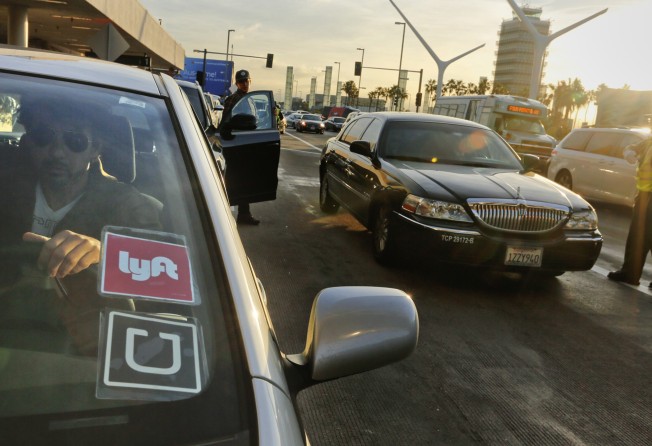
As ride-hailing giant Uber struggles with its manifold problems worldwide, regional rivals such as the Southeast Asia-focused Grab are embracing one cardinal rule: don’t gloat just yet.
Instead, with the titan on the ropes, the smaller players are quietly using the opportunity to expand into new countries and services, consolidating market share wherever possible.
But even though its chips are down, Uber is unlikely to capitulate in Southeast Asia as it did to Didi Chuxing in China last year.
Smaller players such as Singapore-based Grab, the US firm Lyft, India’s Ola, Dubai’s Careem, Brazil’s 99 and the European outfit Taxify all have some form of financial backing from Didi.

Uber’s troubles, however, stem not from a lack of funds, but the Silicon Valley’s “move fast and break things” credo perpetuated by its co-founder and former chief executive Travis Kalanick.
While the approach propelled the company’s meteoric rise to become the world’s most valuable start-up – worth some US$68 billion – it is also seen as the key reason why it is in the cross hairs of fastidious transport regulators in numerous cities.
London’s much-publicised decision last week to rescind Uber’s operating licence arose because of the firm’s “lack of corporate responsibility”, city officials said.
On the other hand, the likes of the US firm Lyft and Grab, first founded in 2012 by two Harvard-educated Malaysians tired of dishonest and unreliable taxi cartels, benefit from a “good guy” image accentuated by Uber’s deep public relations woes, industry analysts say.
Amid Uber’s impending London ban – set for mid-October unless an appeal succeeds – Lyft is reportedly targeting the British capital as its landing site for international expansion.
‘Capitalising on Uber’s struggles’
“Lyft is capitalising on [Uber’s] struggles in the US, and other competitors around the world are doing the same,” said Chris Jones, the co-founder of the industry consultancy Canalys.
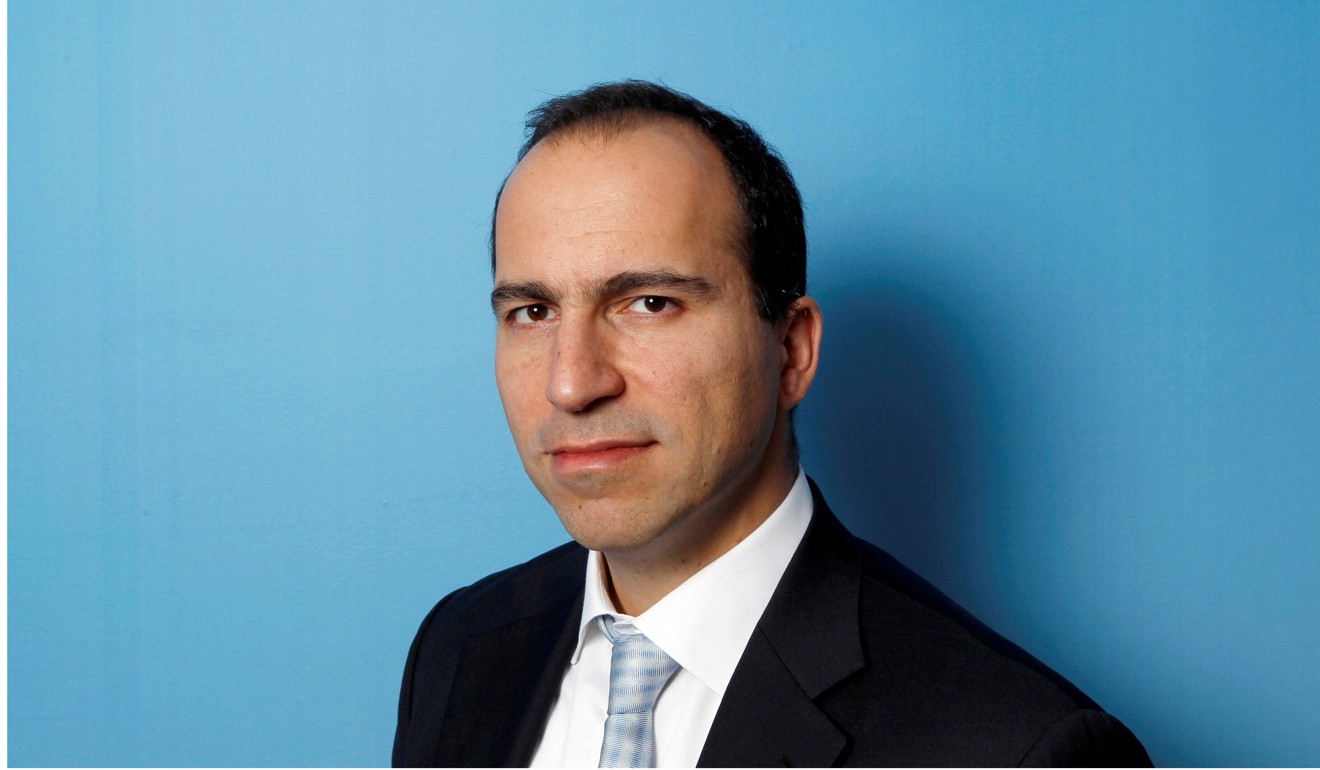
Grab, which claims to be the top ride-hailing app in Southeast Asia with some 3 million daily users across the region, was wrapping up a US$2.5 billion funding round last month as Uber eased in new chief executive Dara Khosrowshahi following the controversial ousting of Kalanick in June. The capital injection into Grab involved the likes of Softbank, Toyota and Didi, and was the region’s single biggest funding round.
And this week, while Khosrowshahi racked his brain on how to reverse the London ban, Grab executives were laying the groundwork for an expansion into their eighth country: Cambodia.
When the app goes live in Phnom Penh, the only three Southeast Asian countries without Grab coverage will be Brunei, Laos and East Timor.

In Hong Kong this week, Grab co-founder Tan Hooi Ling told This Week in Asia the company was not resting on its laurels.
The 33-year-old former McKinsey consultant cofounded Grab with Anthony Tan, the scion of a Malaysian automotive empire, while they were at Harvard Business School.
Tan declined to be drawn into talking about Uber or its troubles with London transport regulators.
She said Grab treated its relationship with local governments “just like any other long-term relationship”.
“All parties must be willing to have that open dialogue where it is not ‘hey, whatever you say I agree’,” Tan said, at the sidelines of a business conference.
She painted a picture of the company’s growth strategy being driven mainly by internal factors.
Grab’s last major launch – Yangon in March – came just ahead of Uber’s entry into the Myanmar city. Reports this week of Grab’s Cambodia foray meanwhile came as Uber launched its UberX services in Phnom Penh on Thursday. Tan said the response in Myanmar was “much better than expected”.
“In those five months we are already the leading player there. It doesn’t happen out of nowhere,” she said. “We have a lot of built up know how that we have accumulated over the past five years...that we are now applying in Myanmar”.
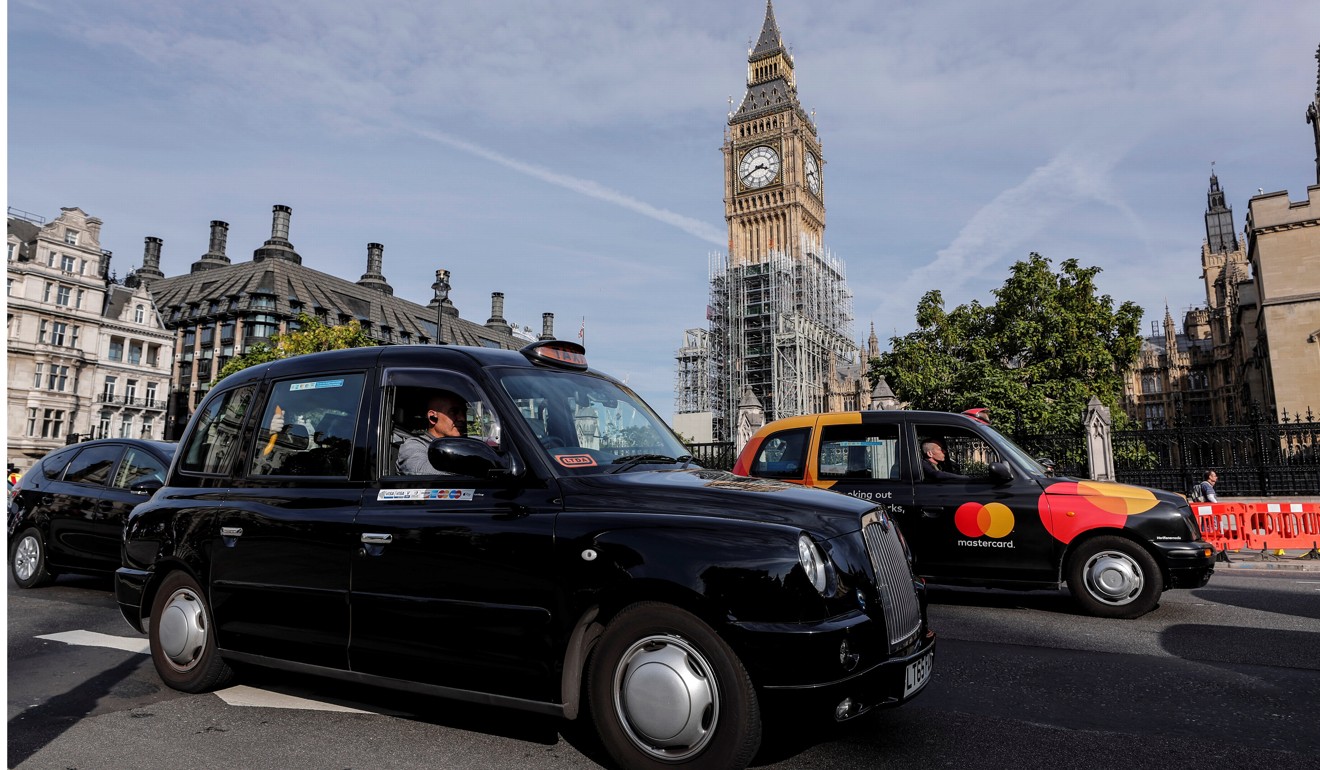
Analysts said the regional rivalry will continue, with the impending London ban for Uber unlikely to impact on the US company’s Southeast Asia strategy.
“Individual regulators take decisions that impact either individual mobility service providers or the business model overall. But regulatory jurisdictions are limited, and any direct, tangible impact across borders resulting from one individual regulatory decision is likely to be limited,” said Jeremy Carlson, principal analyst for autonomous driving and mobility at IHS Markit.
Didi and friends
There had been some talk that Grab’s sheer dominance in Southeast Asia could force Uber to surrender the region to the Southeast Asian company, similar to its deal to sell off its Chinese business to Didi Chuxing last year. In a BBC interview earlier this month, L. Brooks Entwistle, Uber’s newly minted Asia-Pacific chief business officer, extinguished such speculation.
Asia comprises “20 per cent of rides. There’s a huge percentage of drivers [and] it’s a growth market across the region for us,” Entwistle said. “We need to do what we can to contribute to that. So there’s no exit strategy for Asia.”
Some commentators view the Grab-Uber battle in Southeast Asia as a proxy fight in a larger struggle for world dominance between Didi and Uber. Still, the two companies do not openly characterise each other as rivals – they hold stakes in each other following last year’s US$7 billion deal.
But there are implicit signs that buttress suggestions of a rivalry between Uber, the number one player in the ride-hailing space, and Didi, the firm number two. Didi is worth about US$50 billion.
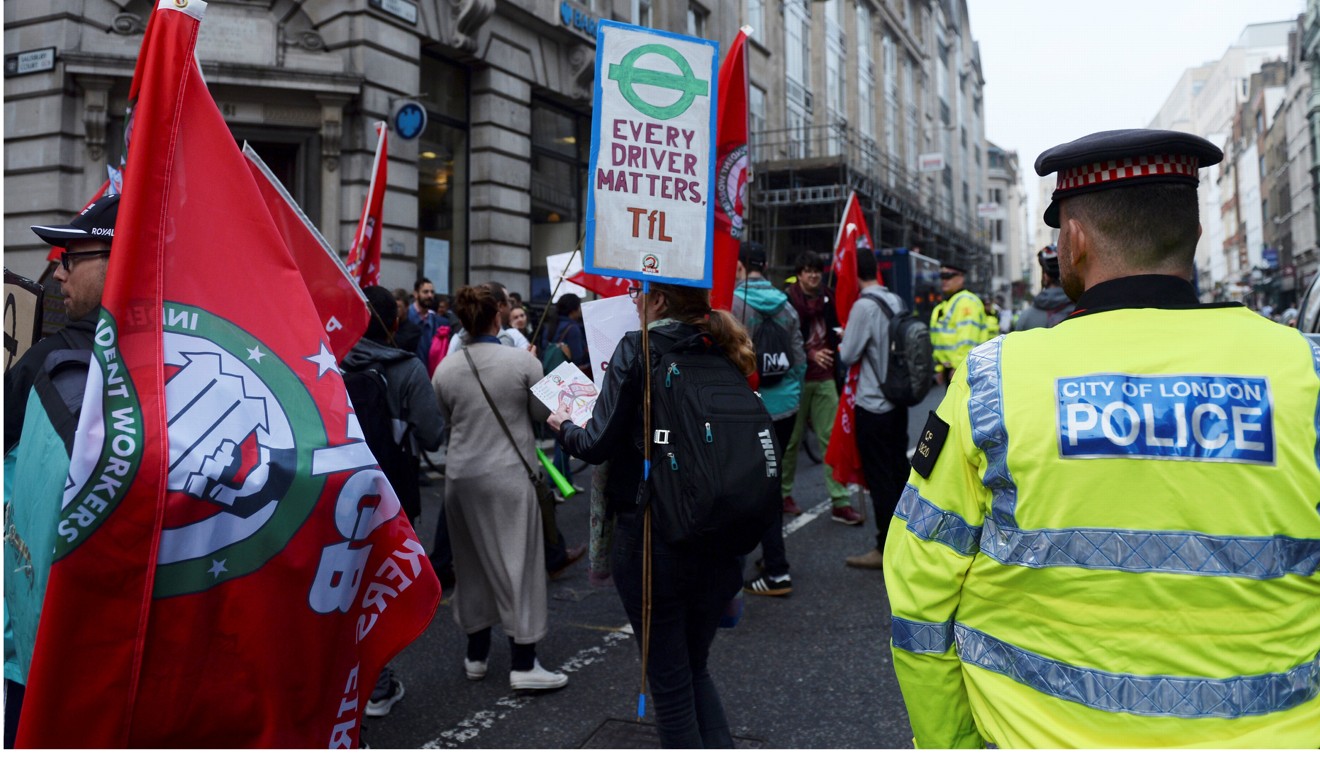
With the impending proliferation of autonomous or “self-driving” vehicles, Goldman Sachs estimated the global market is likely to balloon to US$285 billion by 2030, more than twice the value of the current conventional taxi industry.
Markus Villig, founder of the Estonia-based Taxify, said earlier this month that the app was launching in London as “Didi is making sure that Uber will not dominate”.
And in July when Didi announced its investment in Grab, founder and chief executive Cheng Wei put on display his partisanship, describing the Singapore-based firm as having “clear leadership in Southeast Asia’s internet economy”.
Carlson, the IHS Markit analyst, said “there appears to be more than enough potential for multiple players in any given market at this time, especially for many of the emerging markets such as those in Southeast Asia.” ■